According to the Civil Aviation Authority of Vietnam, in the first half of 2025, the number of passengers passing through airports reached 59.7 million. Previously, in 2024, the aviation industry served about 110 million passengers.
Assuming that each person spends an average of 3-4 minutes on each procedure at the airport, from security check, baggage screening to immigration procedures... the total wasted time could be up to 5.5-7.3 million hours. The average GDP per capita in 2024 is 115 million VND.
If a worker works about 2,000 hours per year, the average added value of one hour of labor is VND 57,500.
Thus, the 3-4 minute travel time has an economic value of VND2,875 to VND3,833 per passenger.
When multiplied by the total number of visitors, the total social waste is around 316 - 422 billion VND per year, not a small number.
It is worth noting that this is only the direct loss due to wasted time, not including indirect costs such as flight delays, connection interruptions, increased operating costs or lost business opportunities.
This requires the authorities to consider the modernization of airport procedures a priority in the policy of saving social resources and enhancing national competitiveness, in line with the spirit of reform and anti-wastefulness set forth by the Party and State.
Why do we have to take off our shoes, belts, coats and hats? into tray?
At airports around the world , passenger security checks are an integral part of the flight journey. This process often complies with international standards set by the International Civil Aviation Organization (ICAO) or national security agencies, to ensure that no threats to flight safety are allowed to pass through.
Typically, passengers will be required to present identification such as a passport or airline ticket, then proceed to the security screening area, where carry-on luggage is passed through an X-ray or CT (computerized tomography) scanner, while passengers pass through a metal detector or full-body scanner.
To ensure effective detection of dangerous items, many airports require passengers to remove shoes, belts, jackets, hats, and place electronic devices on separate trays for inspection. In some cases, passengers may be subject to additional screening by hand or handheld detectors if there are any unusual signals.
However, the shoe-removing and belt-removing rules are being reconsidered due to technological advances. A growing trend in developed countries is to eliminate these annoying rules, especially as security screening technology has made great strides.
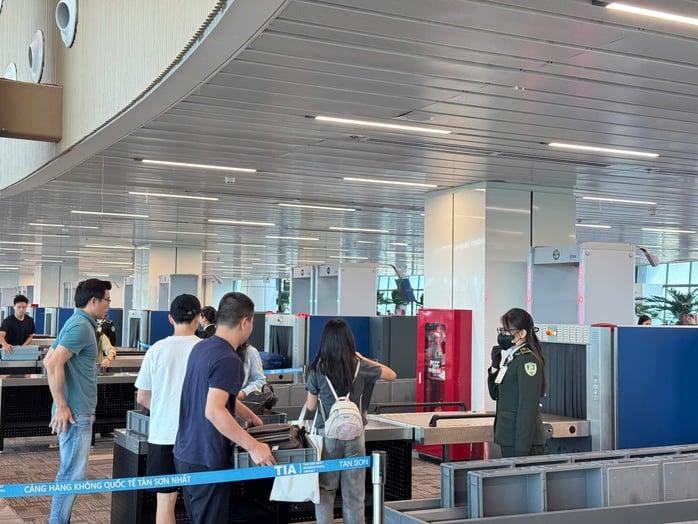
Many proposals to remove the regulation of taking off shoes, belts, hats... when going through security screening at the airport
In the US, the country leading the way in upgrading the aviation security system, the regulation requiring people to take off their shoes when going through security has been officially abolished since July 2025. Previously, the TSA PreCheck program in the US also allowed passengers to be exempted from taking off their shoes, laptops, or jackets, because they had passed background screening and were considered less risky.
In Vietnam, most international and domestic airports still require passengers to take off their shoes, remove their belts, and put all electronic devices in trays for inspection.
Although suitable for actual conditions and existing infrastructure, this regulation has often caused discomfort to passengers, especially during peak times when there are many people passing by, causing congestion in the inspection area.
How to remove the rule of taking off shoes and belt?
Should Vietnam gradually remove the rule of taking off shoes and belts like some other countries have done? The answer is "Yes" but with the prerequisite that Vietnam needs to invest heavily in modern security infrastructure.
Equipment such as CT scanners (for detailed 3D images), millimeter-wave scanners (which can detect foreign objects on people without removing shoes), artificial intelligence in analyzing scanned images... are tools that have helped many large airports in the world both increase processing speed and ensure security efficiency.
The application of these technologies not only helps passengers feel more comfortable when passing through the inspection area, but also helps to handle large numbers of passengers in a shorter time.
At many European airports, passengers are no longer required to remove their shoes unless prompted by a security device. The US, which has been in place for more than 20 years following the September 11, 2001, restrictions, has also shifted to prioritizing the passenger experience without sacrificing safety.
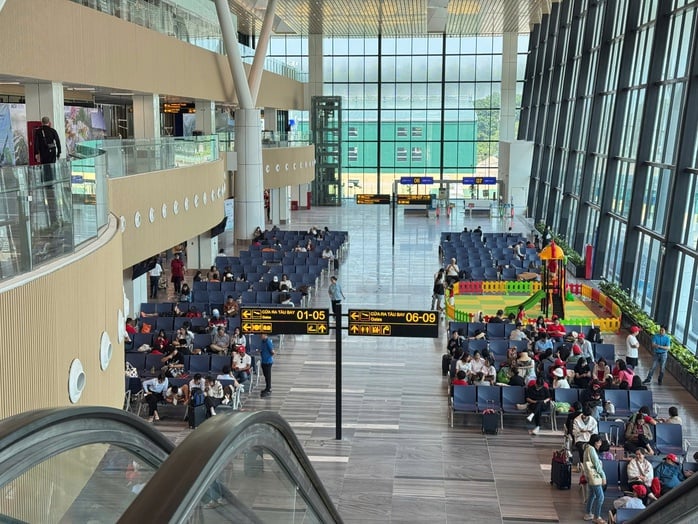
Vietnam should do this in a step-by-step manner, first investing in modern equipment, training security personnel properly, and then gradually loosening requirements such as taking off shoes and belts at major airports where there are sufficient conditions to invest in technology and where passenger density is high.
However, it is necessary to recognize the fact that Vietnam has not yet widely deployed advanced inspection technologies such as CT scanners or biometric inspection systems.
The removal of the current regulation requires a suitable alternative that does not pose a risk to aviation security. Strict screening of all passengers, while somewhat inconvenient from an individual perspective, will still bring overall safety benefits to everyone.
Source: https://nld.com.vn/ton-vai-phut-coi-giay-that-lung-con-so-bat-ngo-ve-thiet-hai-cho-kinh-te-196250803145952132.htm







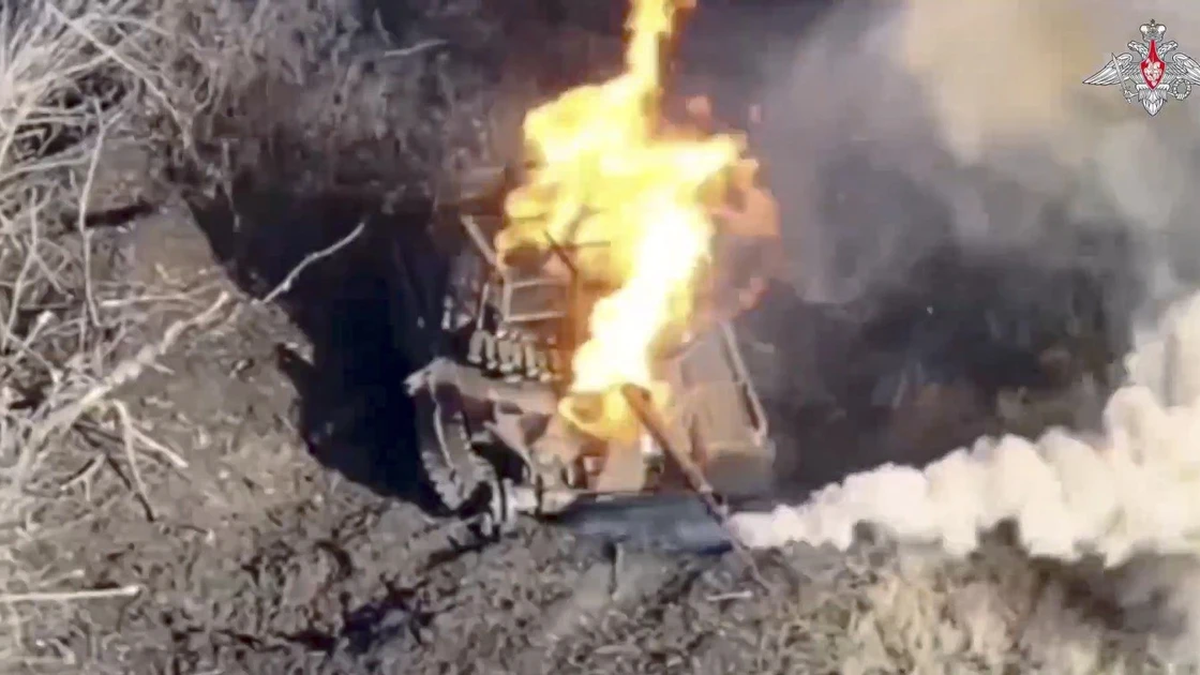

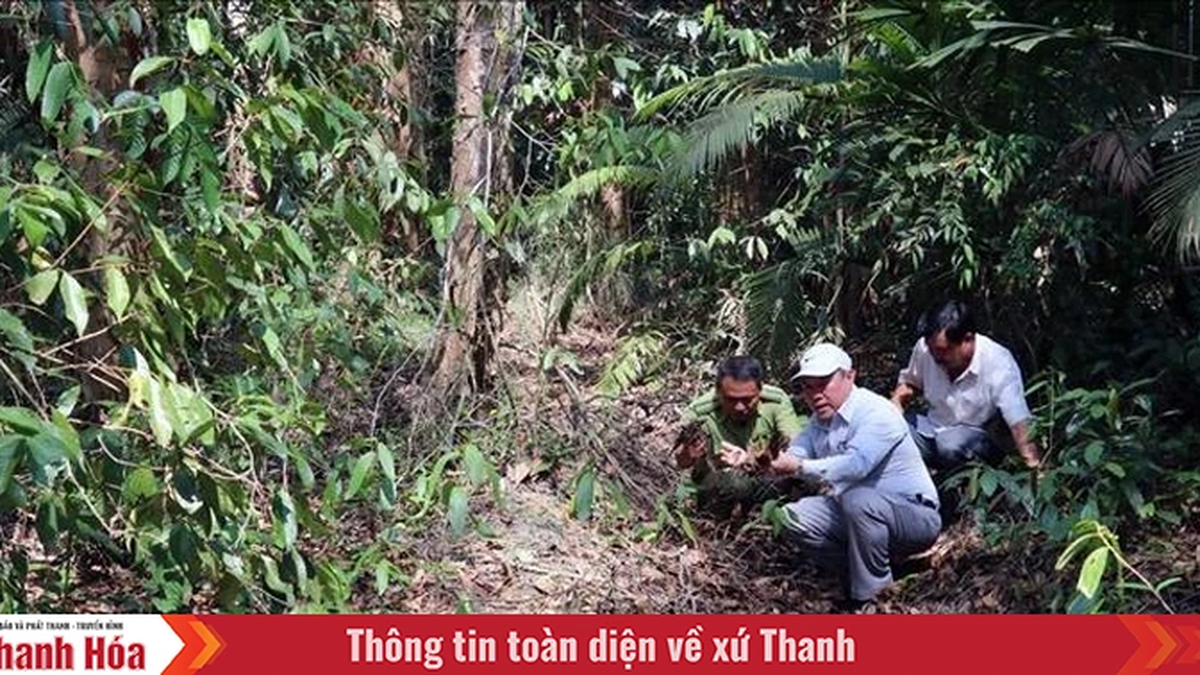
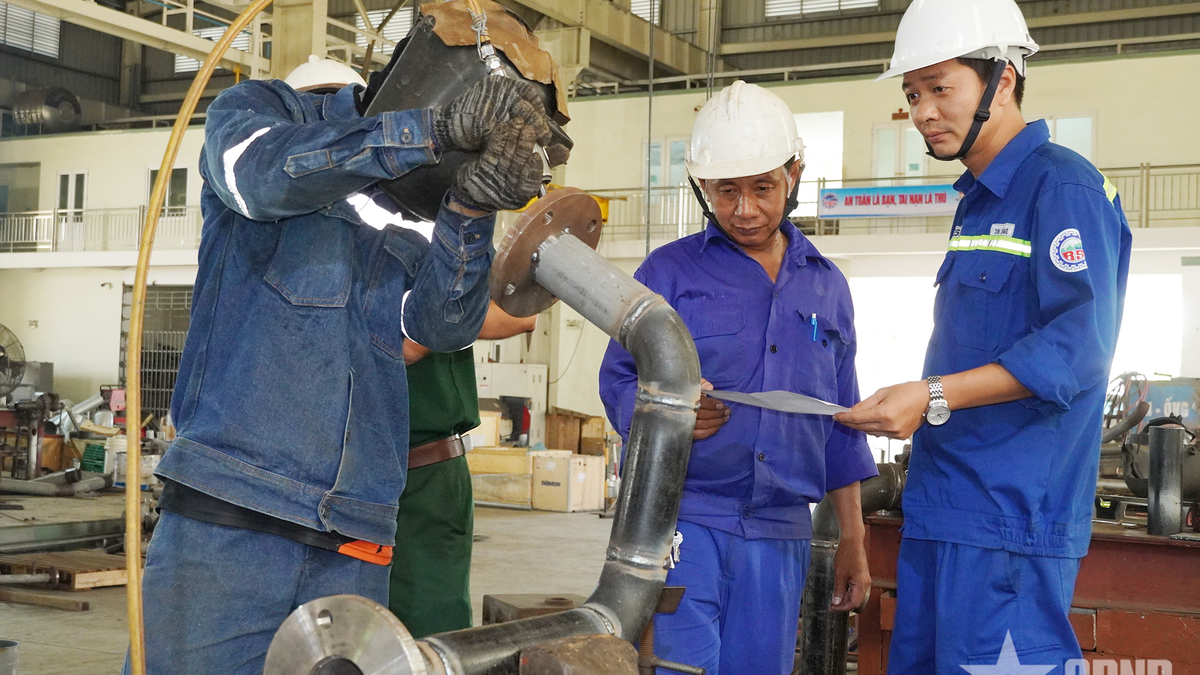
























































































Comment (0)